18 Wild Animals in Luxembourg [Wildlife in Luxembourg]
Want to know more about wildlife in Luxembourg?
Discover 18 wild animals in Luxembourg in this post, as well as interesting facts about them. 🇱🇺
Learn All About Luxembourger Animals
Ready to learn all about Luxembourger animals?
I’ve always been fascinated by animals, and by how they can be so different from one country to another. In this guide, we’ll focus on the many animals Luxembourg has on the land, in the sky, and under water.
I’ve split the guide into 4 categories:
- Native animals from Luxembourg
- Endangered animals of Luxembourg
- What is Luxembourg national animal?
- How many animals native to Luxembourg?
Let’s dive in right away with our first category!
Native Animals from Luxembourg
Luxembourg is a small, landlocked European country located in the western part of the continent. It is one of the smallest countries in all of Europe, and it is a founding member of the United Nations, NATO, Benelux, and OECD. It is bordered by Belgium, Germany, and France, and its capital and largest city is Luxembourg City, which counts more than 128,000 inhabitants, but is more importantly one of the four capitals of the European Union, alongside Strasbourg, Brussels, and Frankfurt.
An interesting part of the country that I wanted to tackle is its wildlife. In light of that, I have listed the best of it, and I hope you will love learning what animals live in Luxembourg.
Here’s the Luxembourg animals list.
1. Central European boar
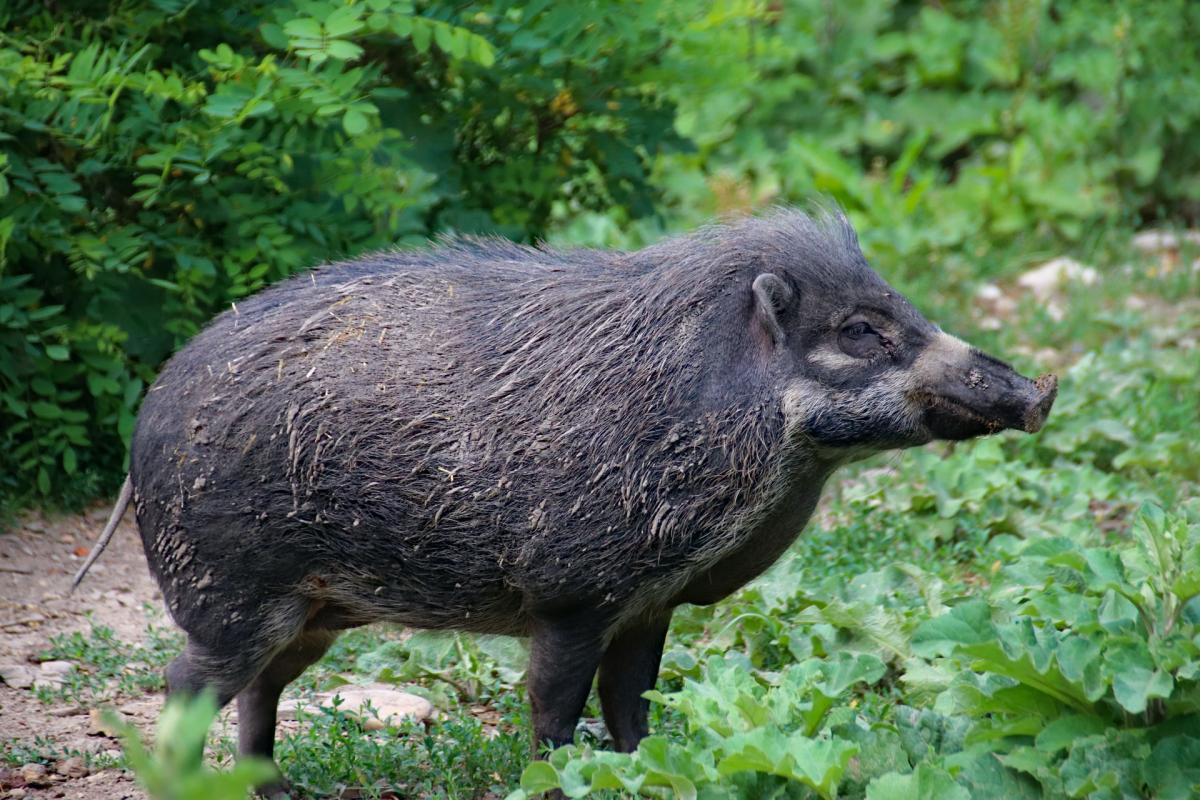
- Name: Central European boar
- Scientific name: Sus scrofa scrofa
- Conservation status:
The Central European boar is a subspecies of the wild boar and one of the most common and widespread animals in all of Europe. Outside of the southernmost parts of Greece and the northernmost parts of European Russia and Scandinavia, it can be found anywhere on the Old Continent and is medium-sized and dark to rusty-brown.
This boar was held in high esteem by the Celts, and features in Germanic, Scandinavian, and Anglo-Saxon cultures.
2. Central European red deer
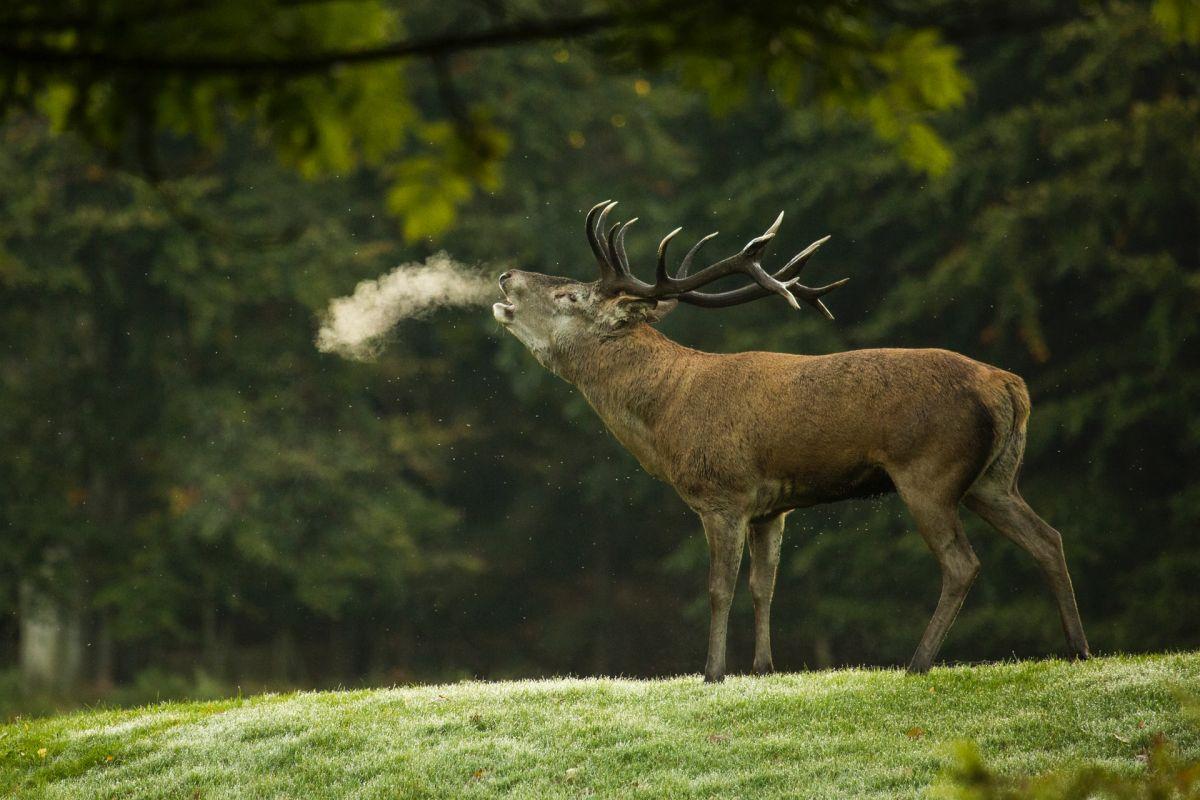
- Name: Central European red deer
- Scientific name: Cervus elaphus hippelaphus
- Conservation status:
The Central European red deer is a subspecies of the red deer native to central Europe. It inhabits countries such as Luxembourg, France, Germany, Austria, Switzerland, and Denmark, and has been introduced to Australia, New Zealand, Chile, and Argentina.
This deer is also pretty important in European folklore and culture, and it has been hunted for centuries for its precious meat and its beautiful, ornamental antlers. Besides, it is a symbol of nobility.
3. Eurasian wolf
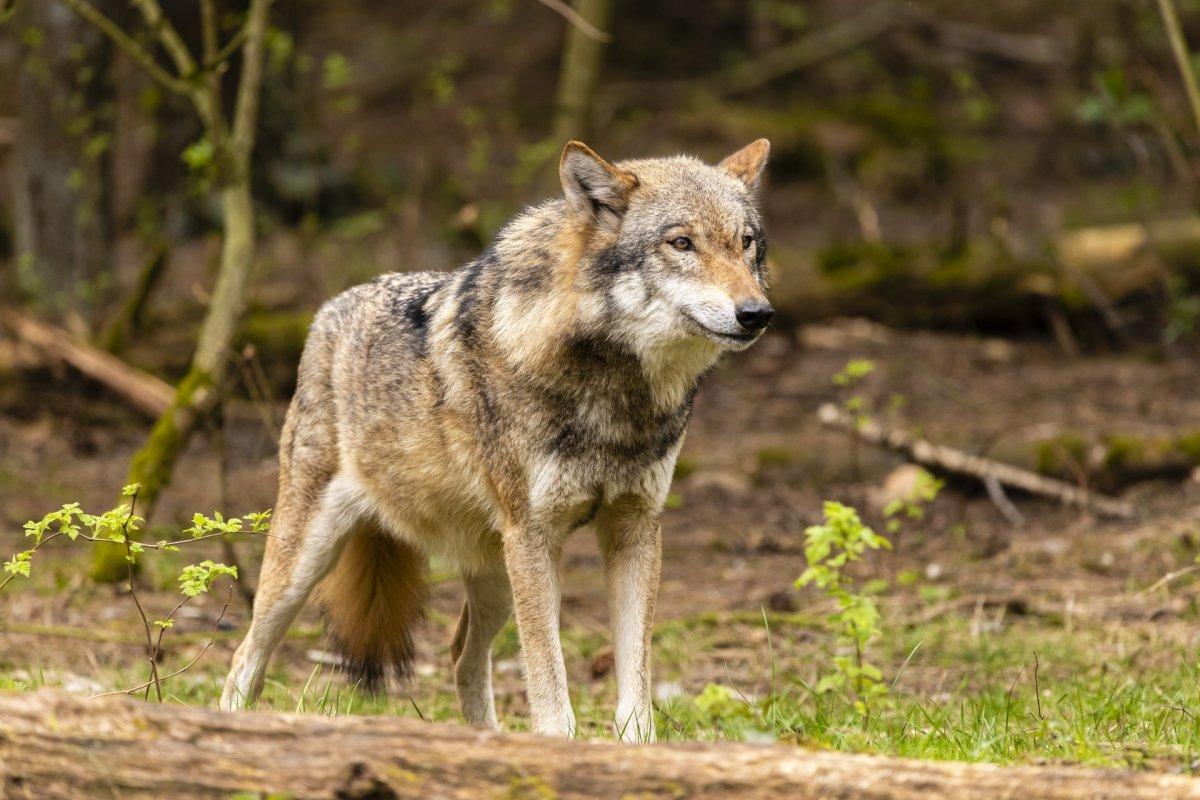
- Name: Eurasian wolf
- Scientific name: Canis lupus lupus
- Conservation status:
The Eurasian wolf is a subspecies of gray wolves native to Europe and Russia. It inhabits forests and steppes, and although listed as least concern, its range is seriously on the decline: while it used to be widespread throughout all of Eurasia until the Middle Ages, it has suffered a lot from persecution, overhunting, and full-on extermination.
This wolf is a specialized pack hunter that inspired many tales, sometimes feared and despised, sometimes admired as the guardian of the night.
4. Red fox
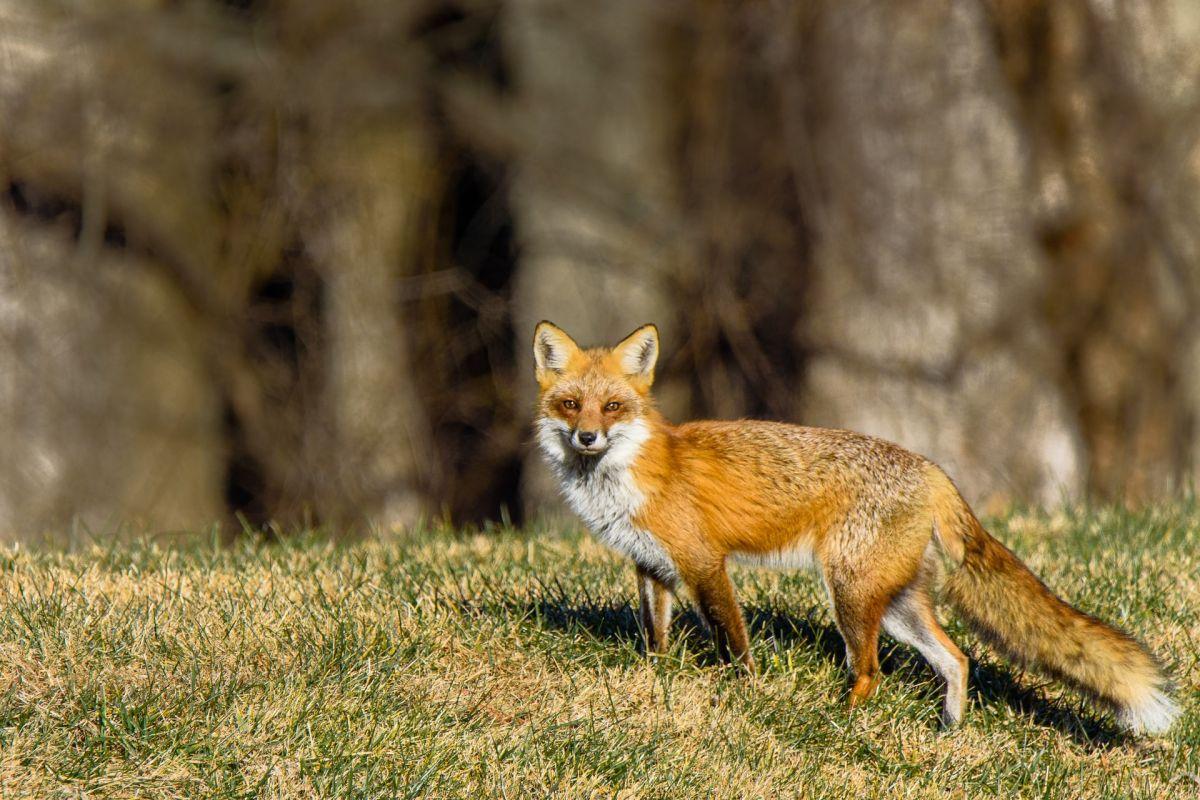
- Name: Red fox
- Scientific name: Vulpes vulpes
- Conservation status:
The red fox can be found almost anywhere in the Northern Hemisphere and is thus one of the most widespread species of carnivore in the world. It is highly successful as a species, being particularly versatile in terms of diet and habitat, and thriving alongside the human expansion.
In Australia, where it was introduced, it is considered a very invasive species and has had devastating effects on local biodiversity. Because of this, it is part of the world’s top 100 worst invasive species.
5. European wildcat
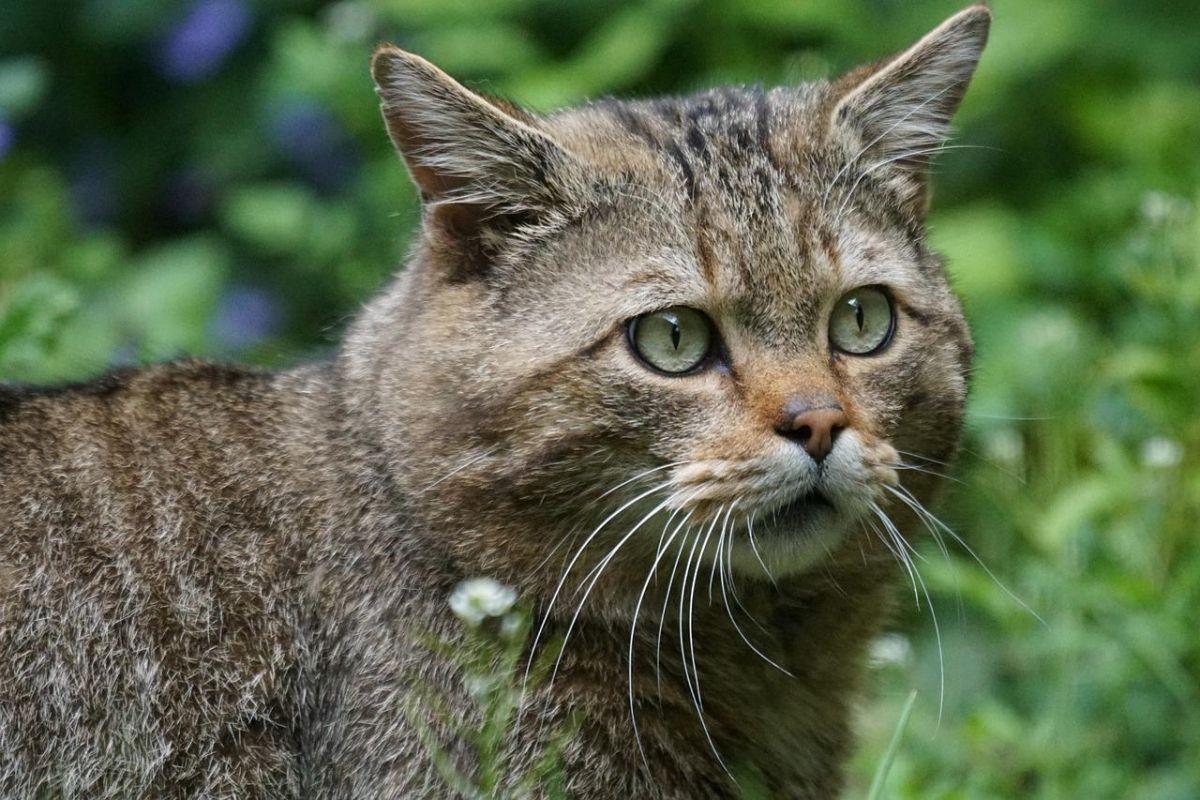
- Name: European wildcat
- Scientific name: Felis silvestris
- Conservation status:
The European wildcat is a small species of wildcat native to several scattered parts of Europe, from the Iberian Peninsula to Scotland, Turkey, and central and eastern Europe. Depending on the area and the amount of human disturbance, it is either active by day or at night and mostly preys on rodents, lagomorphs, and ground-dwelling birds.
Despite being listed as least concern and being legally protected, the European wildcat has become rare in most European countries. Interbreeding with feral cats poses serious problems for the future survival of this species, as well as habitat loss and fragmentation.
6. European mole
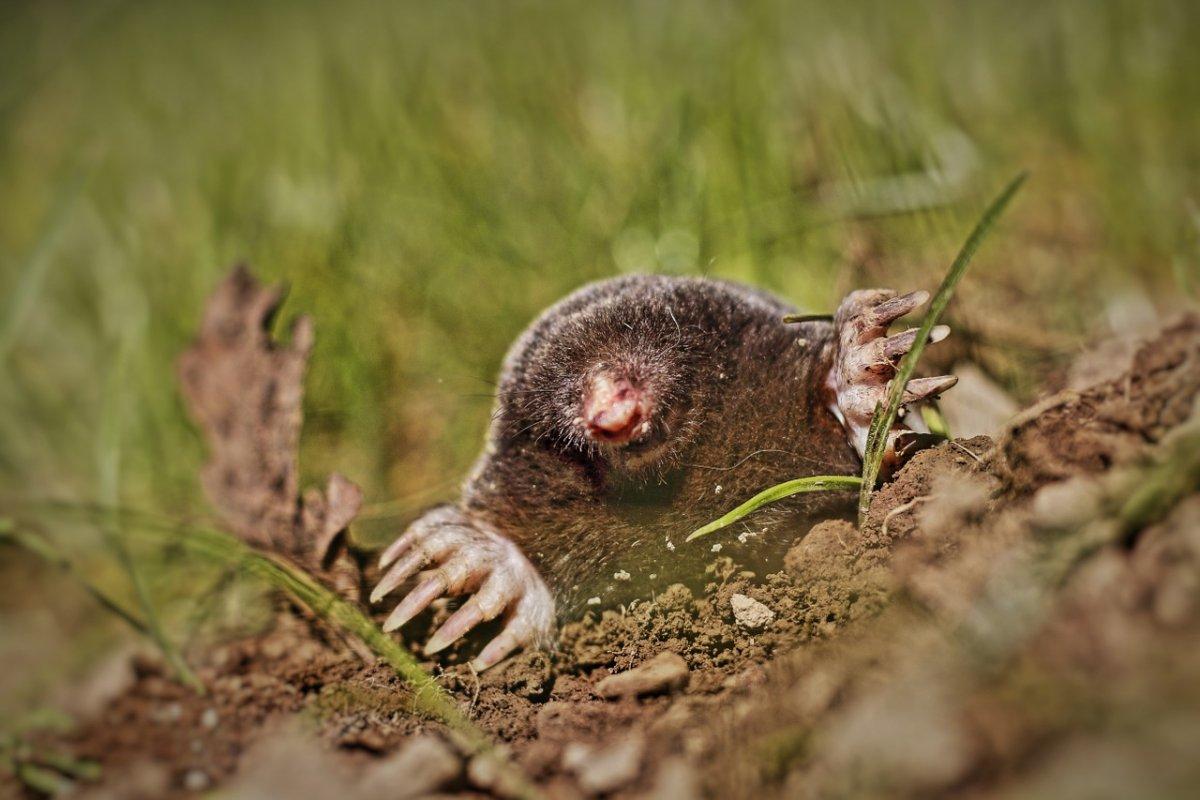
- Name: European mole
- Scientific name: Talpa europaea
- Conservation status:
The European mole, also known as the northern mole or the common mole, is a species of mammal native to western, central, and eastern Europe, the United Kingdom, and into western Asia, and Russia.
It is famous for living in a tunnel system and creating molehills, which are in fact the unused, displaced earth. These tunnels constantly expand and are used to hunt prey such as insects, centipedes, shrews, and mice. Interestingly enough, the saliva of the European mole contains toxins that can paralyze earthworms!
7. Common crane
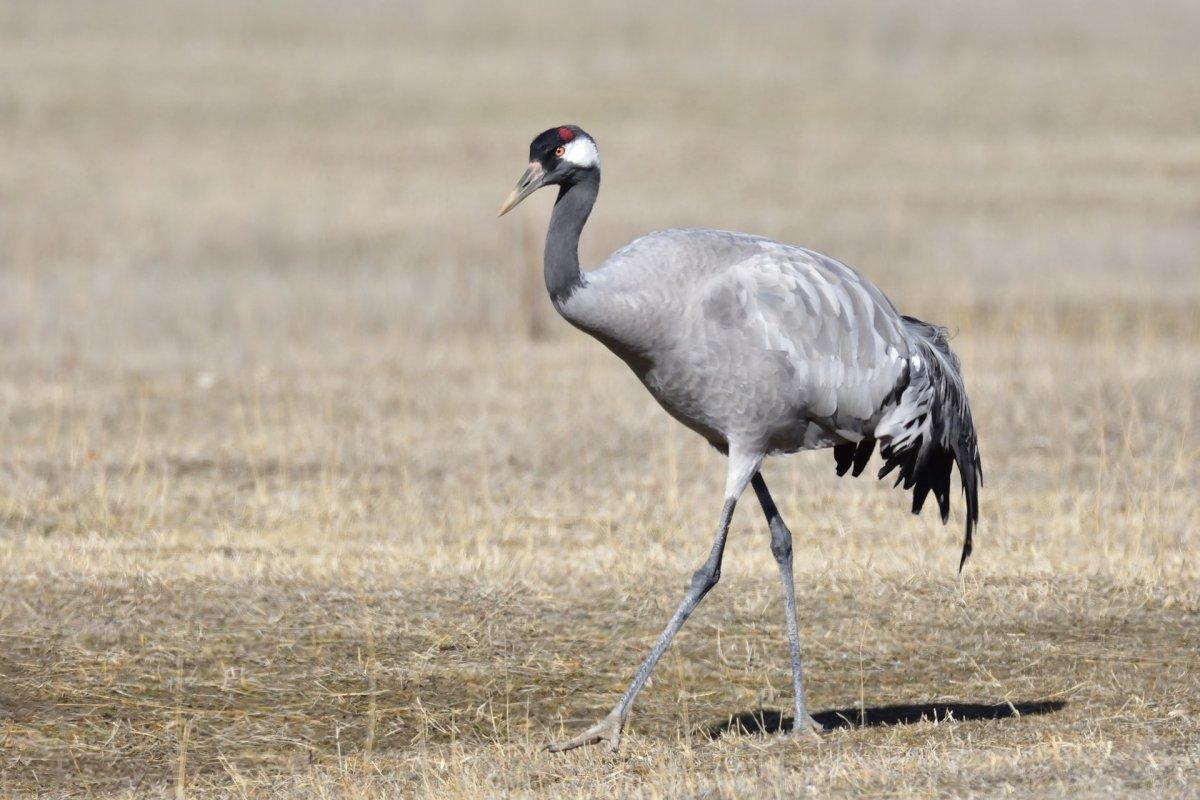
- Name: Common crane
- Scientific name: Grus grus
- Conservation status:
The common crane, also known as the Eurasian crane, is a species of crane native to much of the northern half of Asia and into Europe. During the winter, it migrates to southern areas such as the Middle East, northeastern Africa, southeastern Asia, or the Indian subcontinent.
This bird lives in taiga and boreal forests, at elevations up to 2,200 m / 7,200 ft above sea level. It is omnivorous, just like all cranes, and mostly feeds on plant matter, but also insects, snails, dragonflies, and rodents.
8. Black stork
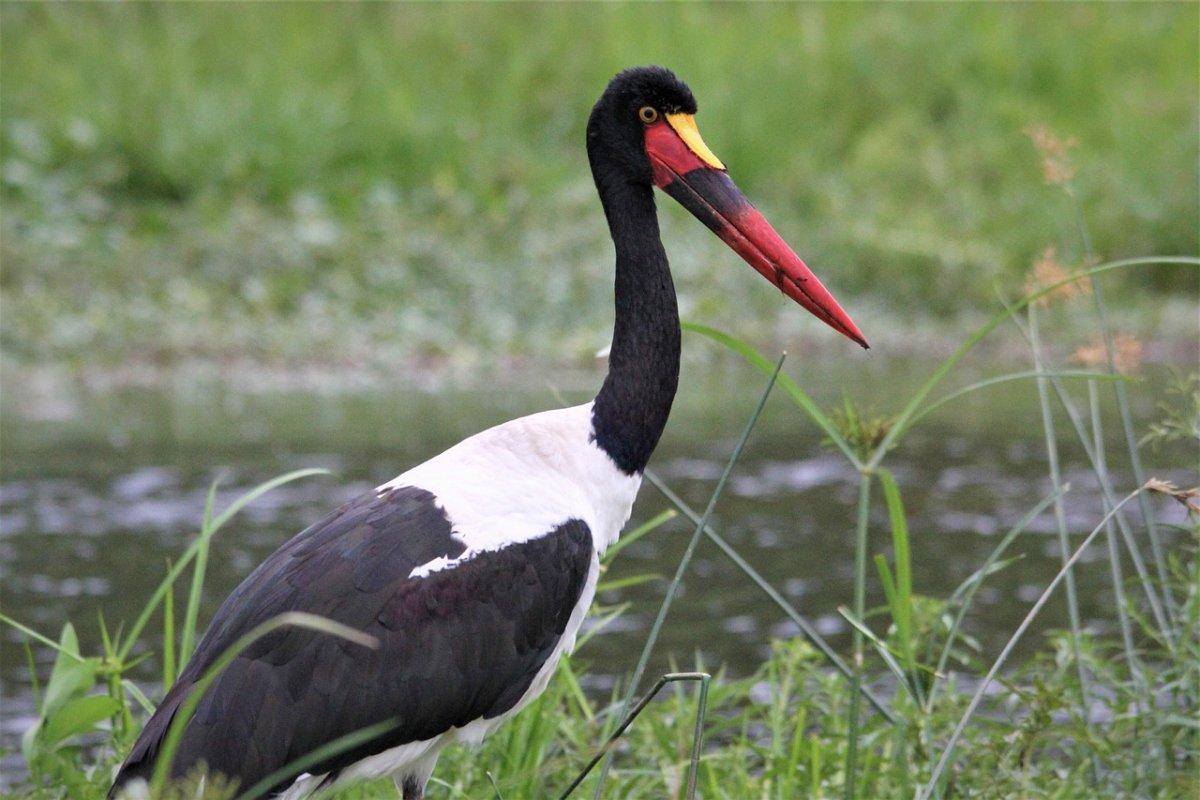
- Name: Black stork
- Scientific name: Ciconia nigra
- Conservation status:
The black stork is a large species of stork that can be found throughout much of Eurasia, but also in sub-Saharan Africa, southern and southeastern Asia, and the Middle East. It looks like the opposite of the white stork, being predominantly black instead of white, with bright red legs and bill.
This bird is quite shy and wary and is difficult to observe, opposite to its counterpart and close relative. It lives either alone or in pairs, usually in rivers, inland water, or marshy areas.
9. European hedgehog
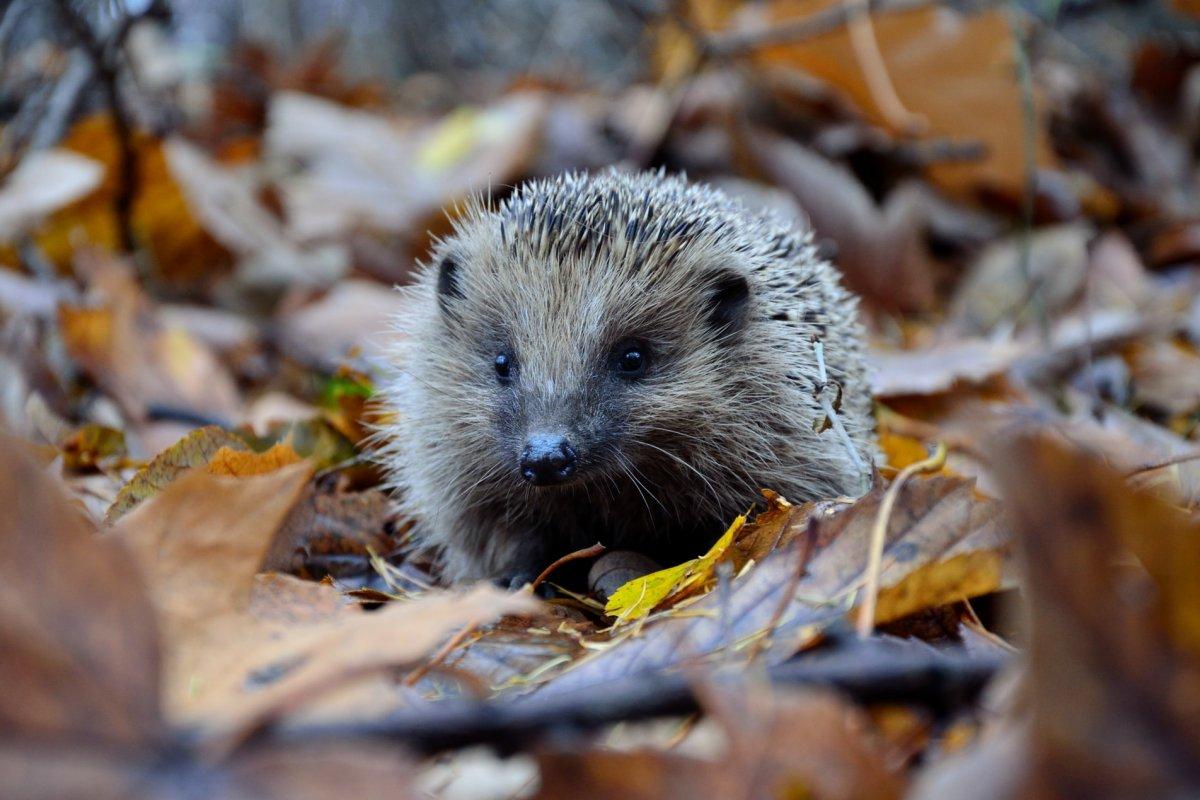
- Name: European hedgehog
- Scientific name: Erinaceus europaeus
- Conservation status:
The European hedgehog, also known as the West European hedgehog or the common hedgehog, is a species of hedgehog native to almost all of Europe, from the Iberian Peninsula to Scandinavia and the British Isles.
It is a widely appreciated animal that feeds on a broad range of garden pests, is very peaceful, and only defends itself, which is why it became the unofficial symbol of NATO. While being of least concern almost anywhere, it is on the brink of local extinction in Great Britain.
10. Purple heron
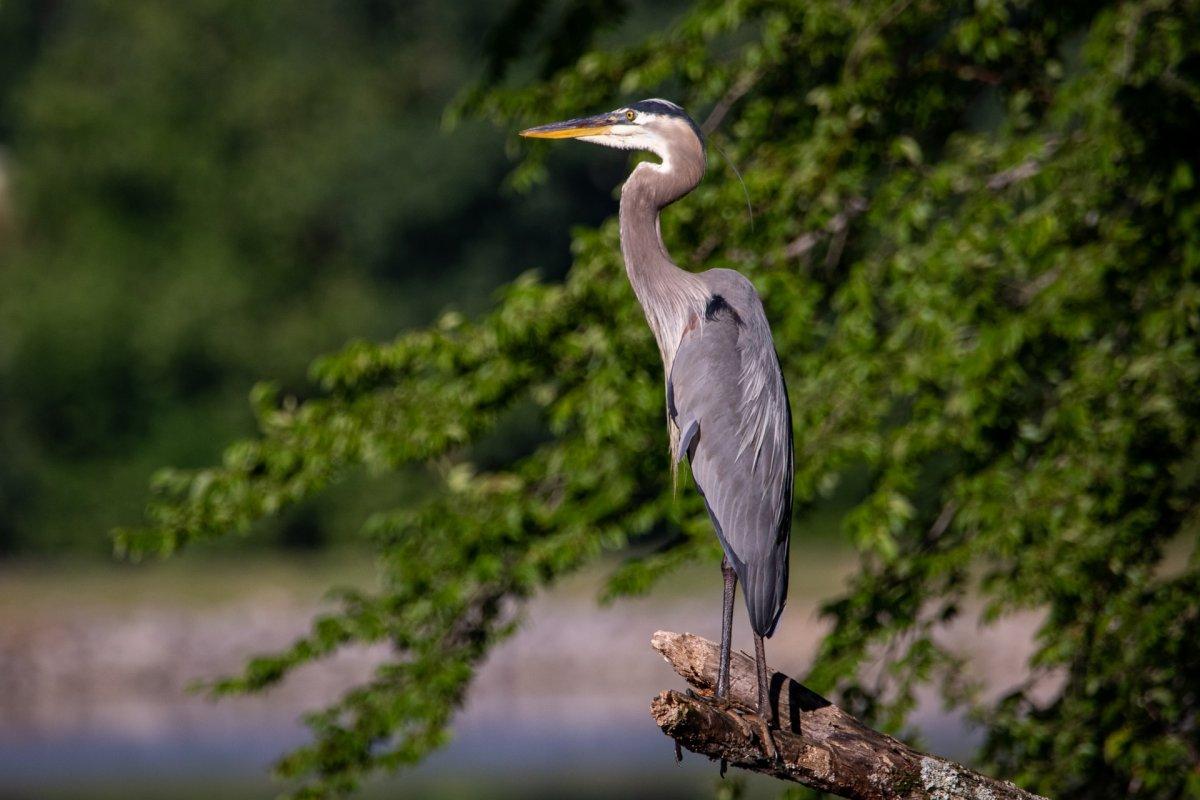
- Name: Purple heron
- Scientific name: Ardea purpurea
- Conservation status:
The purple heron is a large species of wading bird with a fairly wide range, being found in Central and southern Europe, sub-Saharan Africa, western, eastern, southern, and southeastern Asia, and the Middle East.
It is slightly smaller than its more common counterpart, the gray heron, but is similar in appearance, except for its darker plumage. This heron is a colonial breeder that builds a solid nest out of sticks or dead reeds.
11. European hamster
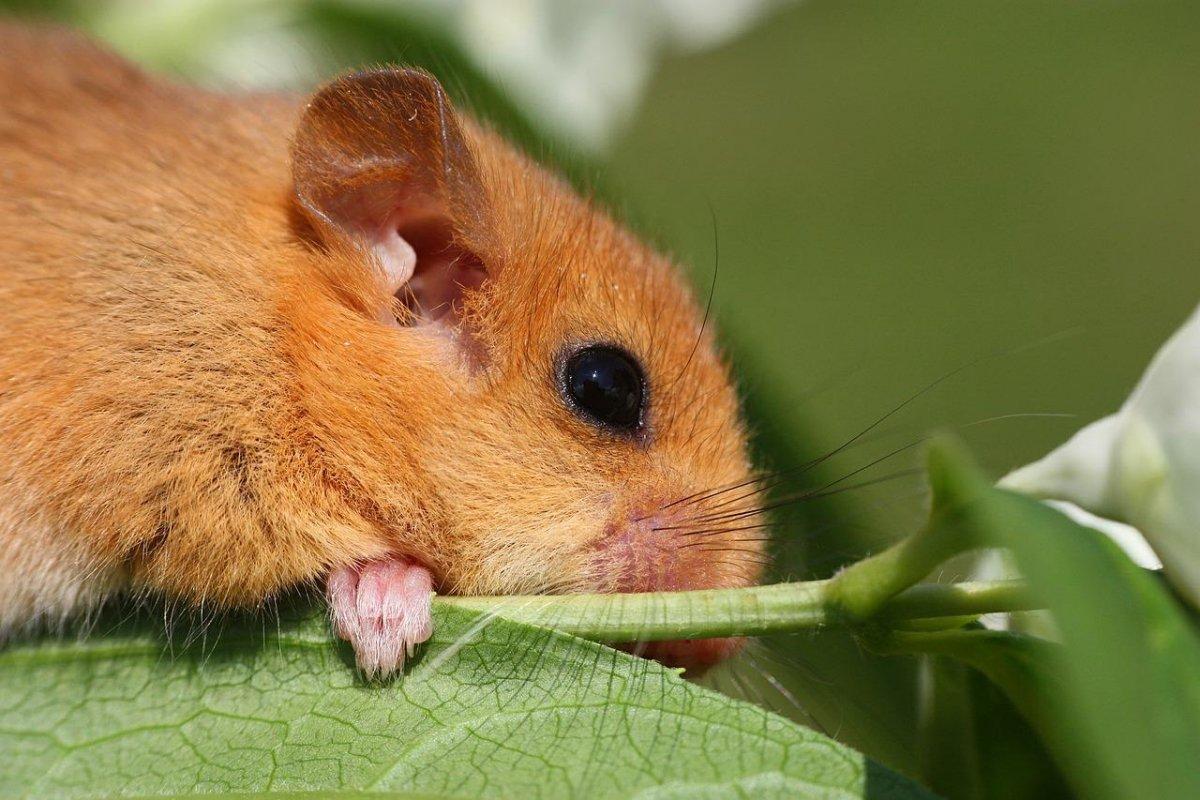
- Name: European hamster
- Scientific name: Cricetus cricetus
- Conservation status:
The European hamster, also known as the common hamster, the black-bellied hamster, or the Eurasian hamster, is a species of hamster native to much of Eurasia, from Belgium and Luxembourg to Russia.
In the past, it has been considered a farmland pest and was often trapped for its fur. However, the real reasons for its decline and for the fact that it is about to become extinct, are unknown.
12. European polecat
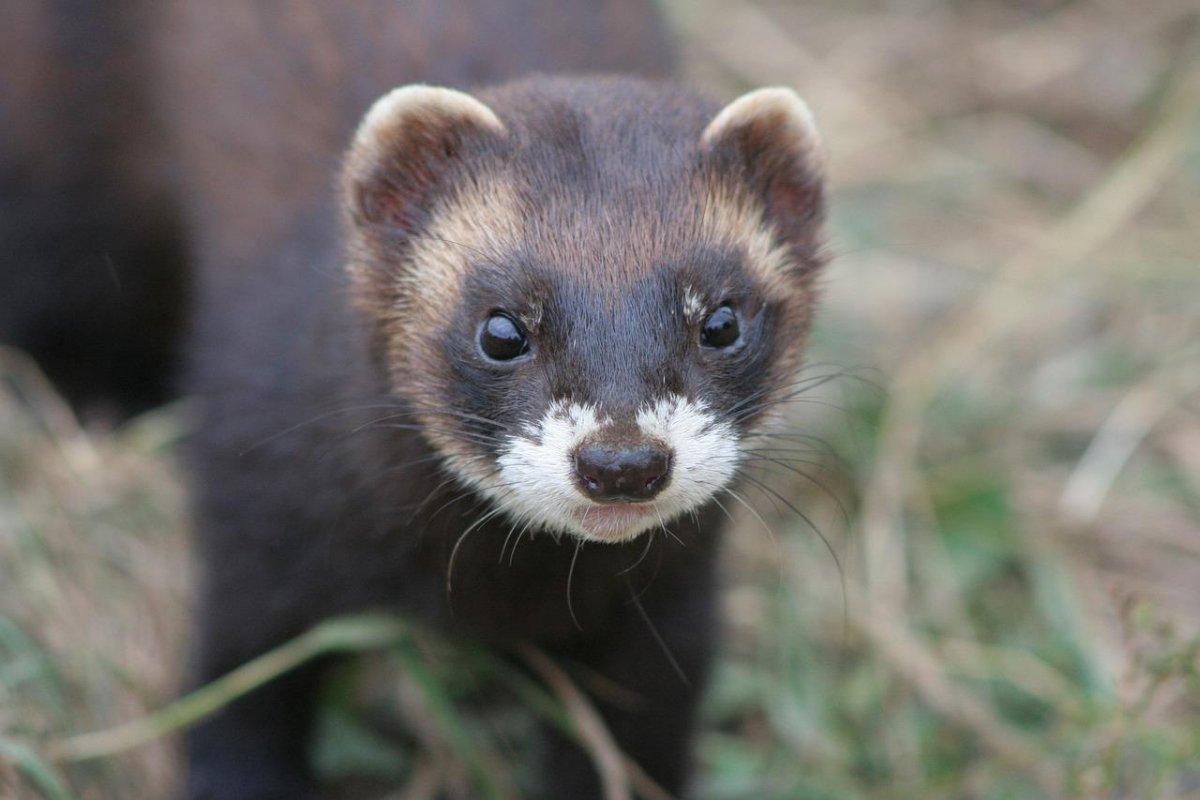
- Name: European polecat
- Scientific name: Mustela putorius
- Conservation status:
The European polecat is a species of mustelid native to western Eurasia and North Africa. It is carnivorous, feeds on birds, small rodents, reptiles, and amphibians, and sometimes paralyzes its prey by piercing its brain and storing it, still alive, in its burrow; particularly vicious!
This polecat is much less territorial than other mustelids, and animals of the same sex often share the same ranges. It is the only ancestor of the ferret, which was domesticated more than 2,000 years ago, and is overall viewed negatively by humans, and is a symbol of promiscuity.
13. Eurasian otter
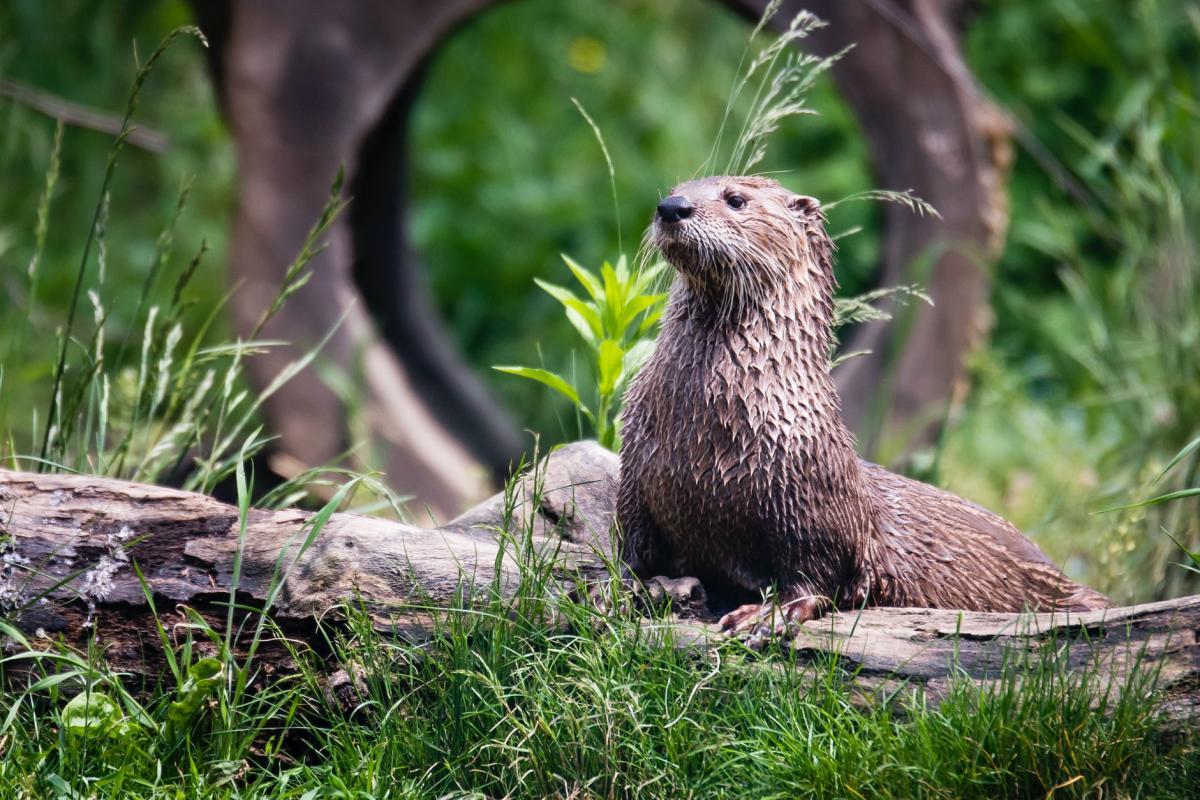
- Name: Eurasian otter
- Scientific name: Lutra lutra
- Conservation status:
The Eurasian otter, also known as the Eurasian river otter, the common otter, or the Old World otter, is a species of semi-aquatic mammal that can be found throughout almost all of Eurasia, the northwestern tip of Africa, the Middle East, the Caucasus, southeastern Asia and the southernmost parts of the Indian subcontinent and Sri Lanka.
Depending on the part of its range, it is more or less endangered and is overall considered near threatened.
14. European honey buzzard
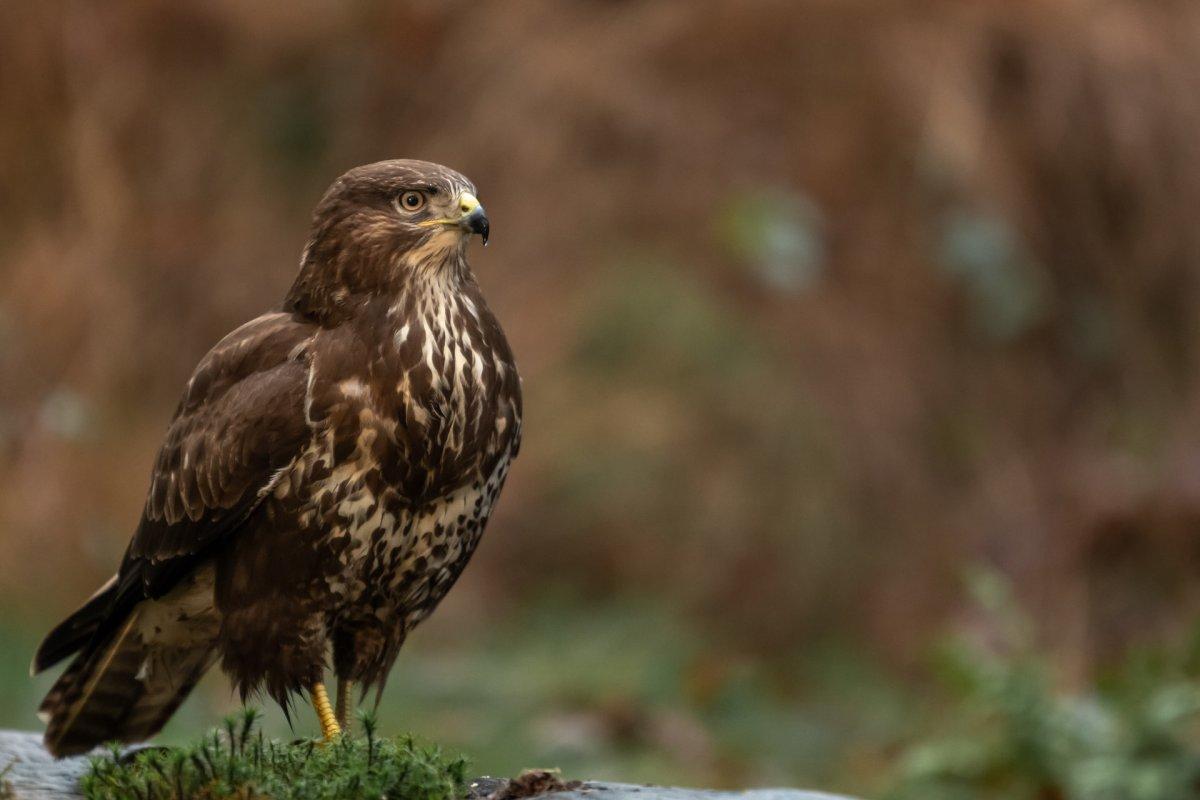
- Name: European honey buzzard
- Scientific name: Pernis apivorus
- Conservation status:
The European honey buzzard, also known as the common pern or the pern, is a species of bird of prey that can be found across much of the Old World, from Scandinavia to South Africa, and from western Africa to Central Asia, depending on the season.
This buzzard flies quite low and perches on tree branches to look for prey. It breeds in woodlands, and its mating display includes wing-clapping.
15. Barn owl
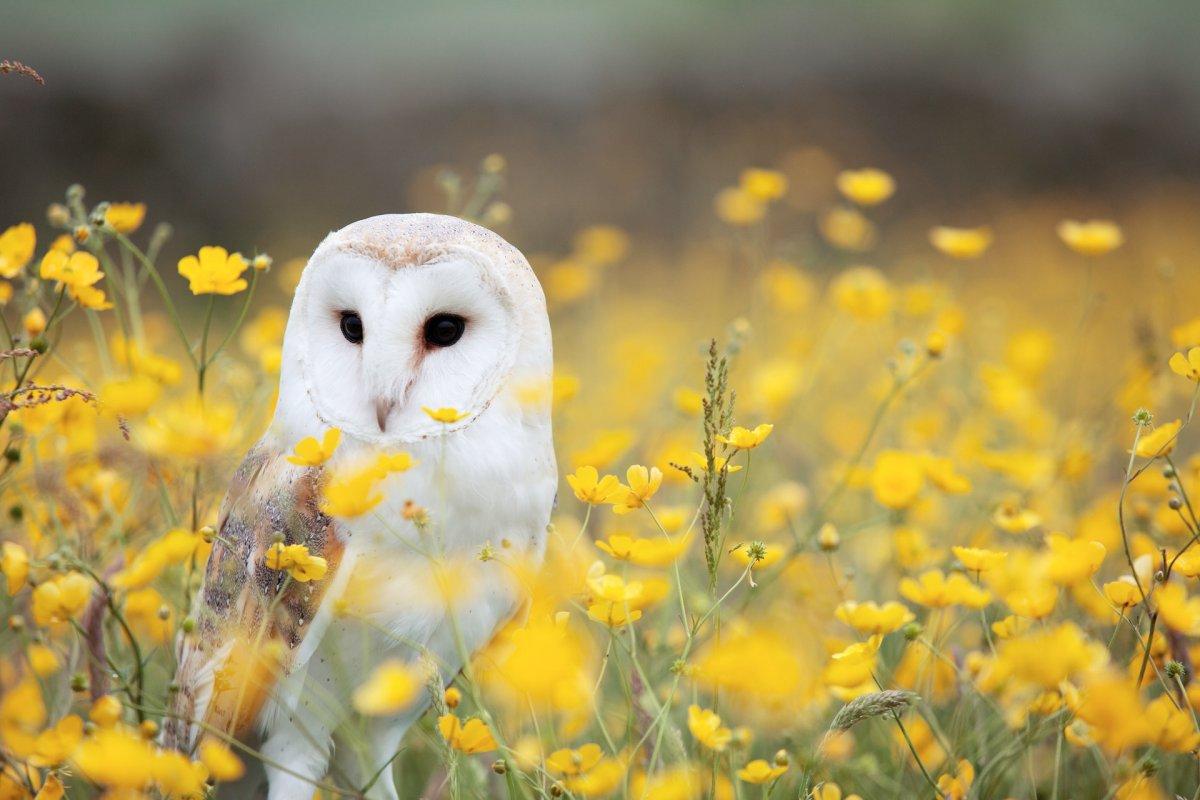
- Name: Barn owl
- Scientific name: Tyto alba
- Conservation status:
The barn owl is the most widely distributed species of owl on the planet, and one of the most widespread of all species of birds. Except for the desert and polar regions, it can be found almost anywhere in the world, and it is mostly a nocturnal bird of prey; however, depending on the region and human disturbance, it can also be active by day.
This owl is a specialized hunter of ground-dwelling animals such as small mammals and rodents. It bonds for life and does not form a new pair unless its mate is killed.
16. Greater horseshoe bat
- Name: Greater horseshoe bat
- Scientific name: Rhinolophus ferrumequinum
- Conservation status:
The greater horseshoe bat is a species of bat that can be found from the Iberian Peninsula and northwestern Africa to eastern China and Japan. It is sedentary and only travels up to 30 km / 19 mi between the winter and summer roosts, with a record movement of 180 km / 110 mi.
This bat is the largest of horseshoe bats and feeds on insects such as moths, beetles, and larvae.
17. Beech marten
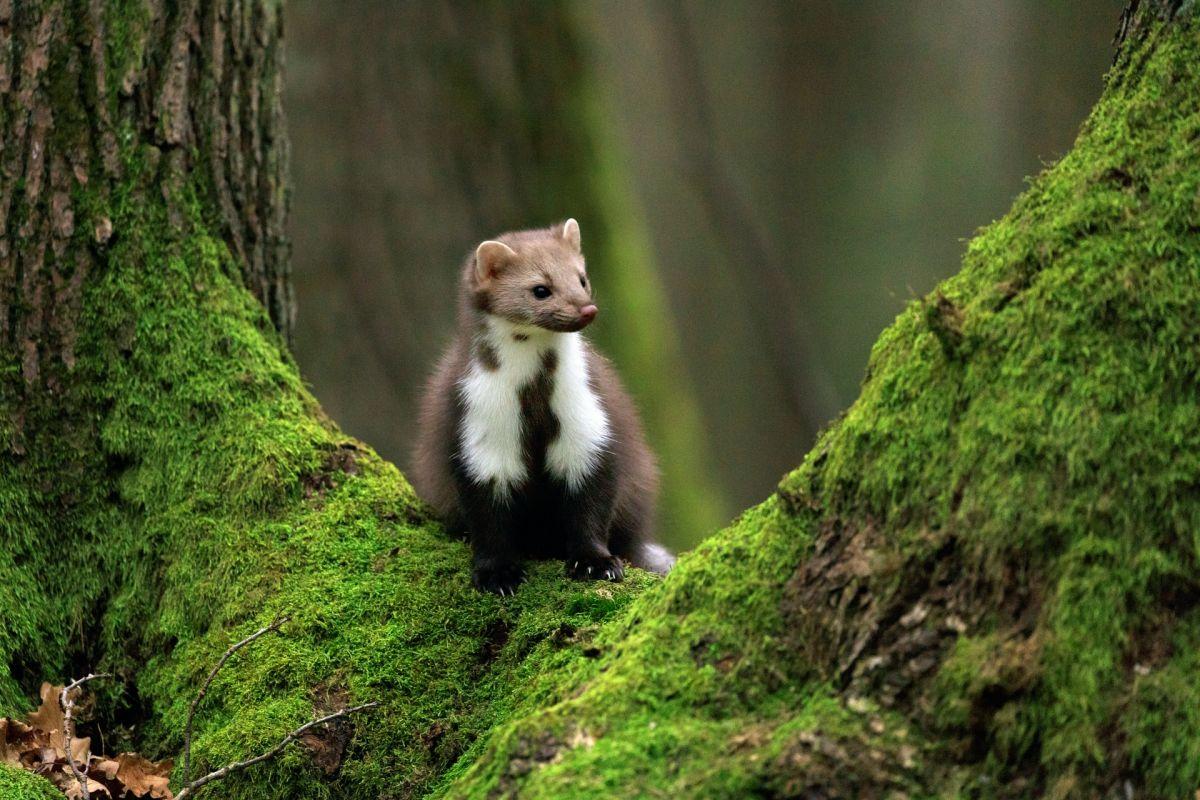
- Name: Beech marten
- Scientific name: Martes foina
- Conservation status:
The beech marten, also known as the white-breasted marten, the house marten, or the stone marten, is a species of marten native to Europe and Central Asia, though there is also a feral population in North America. It is a forest specialist and is a generalist and adaptable species that can be found in multitudes of open and forest habitats.
Thanks to its large number, very wide range, and its presence in protected areas, the beech marten is listed as least concern.
18. European badger
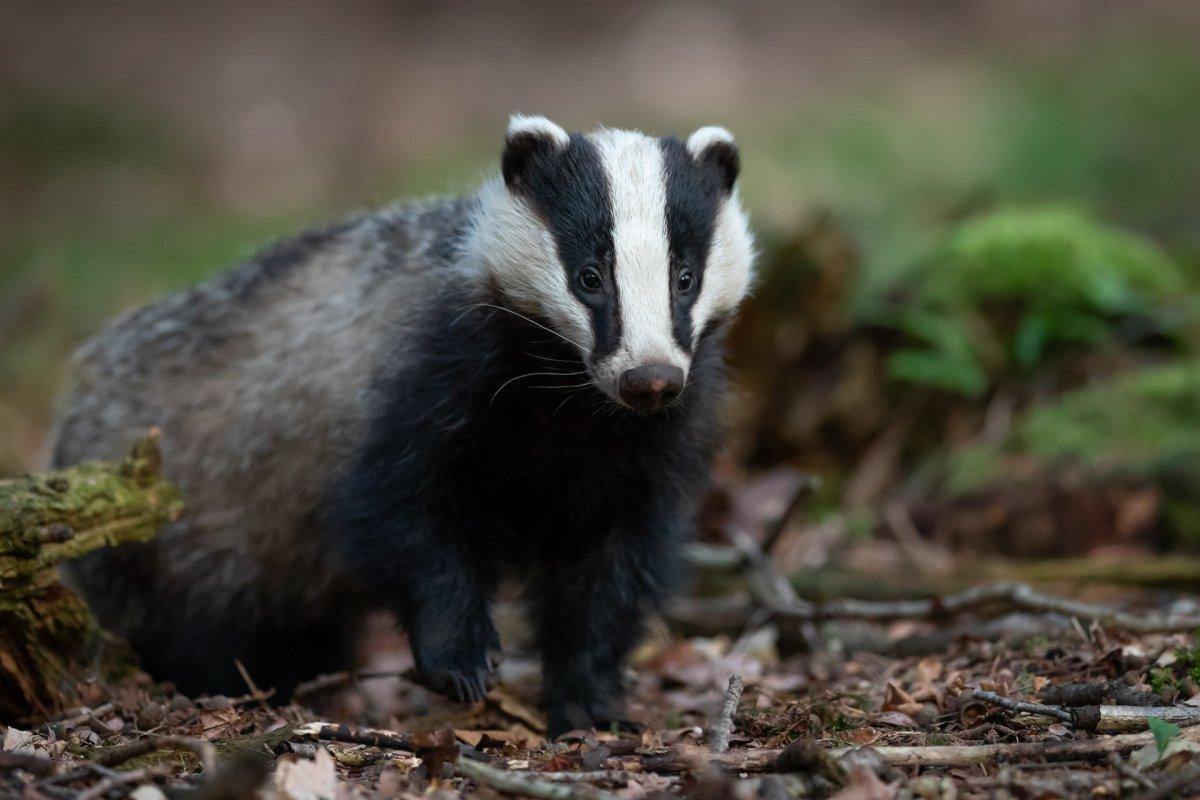
- Name: European badger
- Scientific name: Meles meles
- Conservation status:
The European badger is a species of badger native to almost all of Europe, except for its northernmost and southernmost parts such as the northern tip of Scandinavia, Sicilia, and Cyprus.
Within its range, it is very common. It is a stockily built, black, white brown, and gray animal that is both nocturnal and social: it lives in burrows that it creates or steals, a complex underground system of entrances and chambers.
—
So there you have them, these were my 18 wild animals in Luxembourg. I hope you enjoyed this list and that you learned something new today.
In case you want to learn more about animals in the country, feel free to keep reading, as I still have lots of things to tell you about:
Endangered Animals of Luxembourg
This is definitely the saddest part of the list, but it is very important to raise awareness. Because of this, let’s go through the list of endangered animals in Luxembourg.
Here are the animals in danger of extinction in Luxembourg.
- None
- Sociable lapwing
- European eel
- None
To see the full list of endangered species in Luxembourg, head over to the International Union for Conservation of Nature’s Red List.
What is the National Animal of Luxembourg?
The national animal of Luxembourg is the red lion.
The red lion is the official, heraldic symbol of Luxembourg. It is present on the alternate flag of the country and is the ensign for ships registered in Luxembourg.
Because of the similarity of the Luxembourg flag with that of the Netherlands, and the fact that the red lion was popular, more aesthetic, and more culturally important in the country, many politicians would like to change the flag to its variant, but for now, the legislative proposal isn’t widely accepted.
How Many Animals Native to Luxembourg?
What is the diversity of native animals in Luxembourg?
Let’s look at the total number of species of Chordata (mammals, birds, fishes, and reptiles).
Total number of animal species in Luxembourg: 393 (3,149 in total in Europe)
More About Animals in the World!
Loved these Luxembourg animal facts? Want to see what animals live in other countries?
Then check out these posts:
Or click here to see ALL the facts up on the blog! Spoiler alert: there’s A LOT of them.
Share the knowledge! Click on the buttons below to share information about these famous animals in Luxembourg with your friends, and help them learn more about the world 🙂
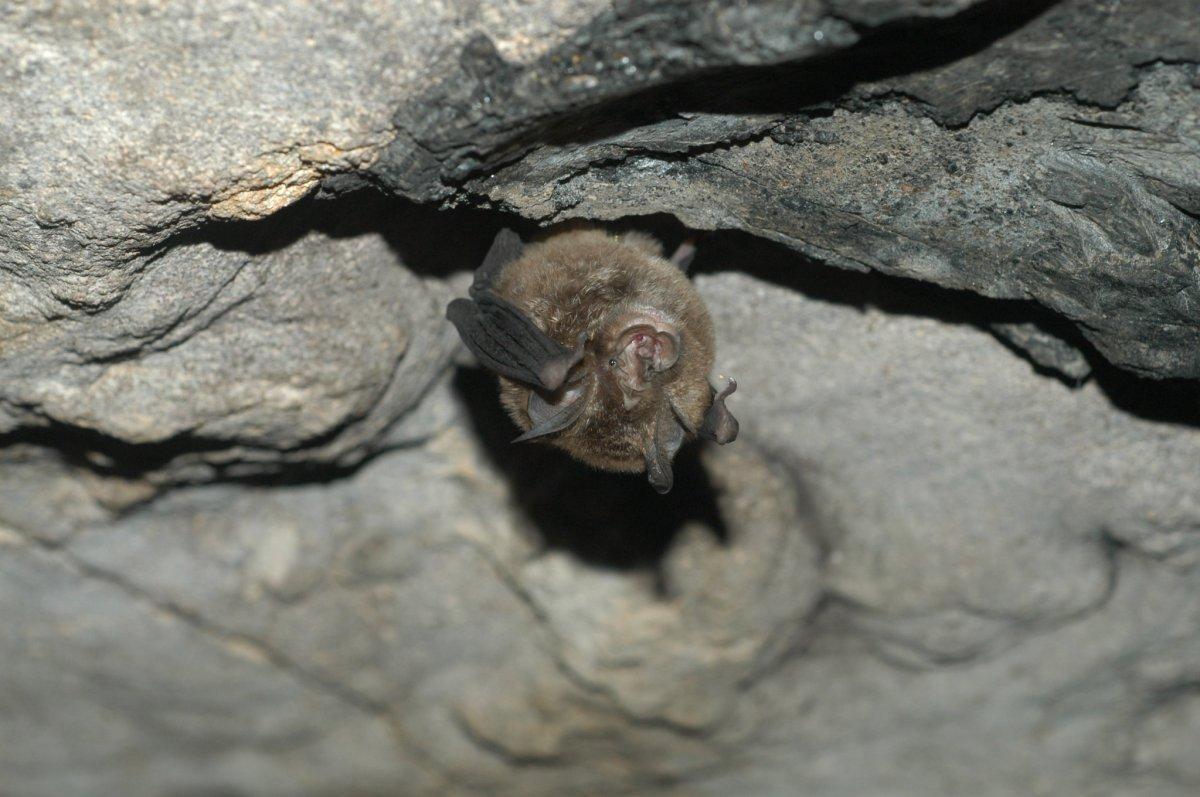

![13 Wild Animals in Vanuatu [Wildlife in Vanuatu]](https://www.kevmrc.com/wp-content/uploads/2023/01/13-wild-animals-in-vanuatu.jpg)
![18 Wild Animals in El Salvador [Wildlife in El Salvador]](https://www.kevmrc.com/wp-content/uploads/2022/08/18-wild-animals-in-el-salvador.jpg)
![50 Wild Animals in Costa Rica [Wildlife in Costa Rica]](https://www.kevmrc.com/wp-content/uploads/2022/08/50-wild-animals-in-costa-rica.jpg)